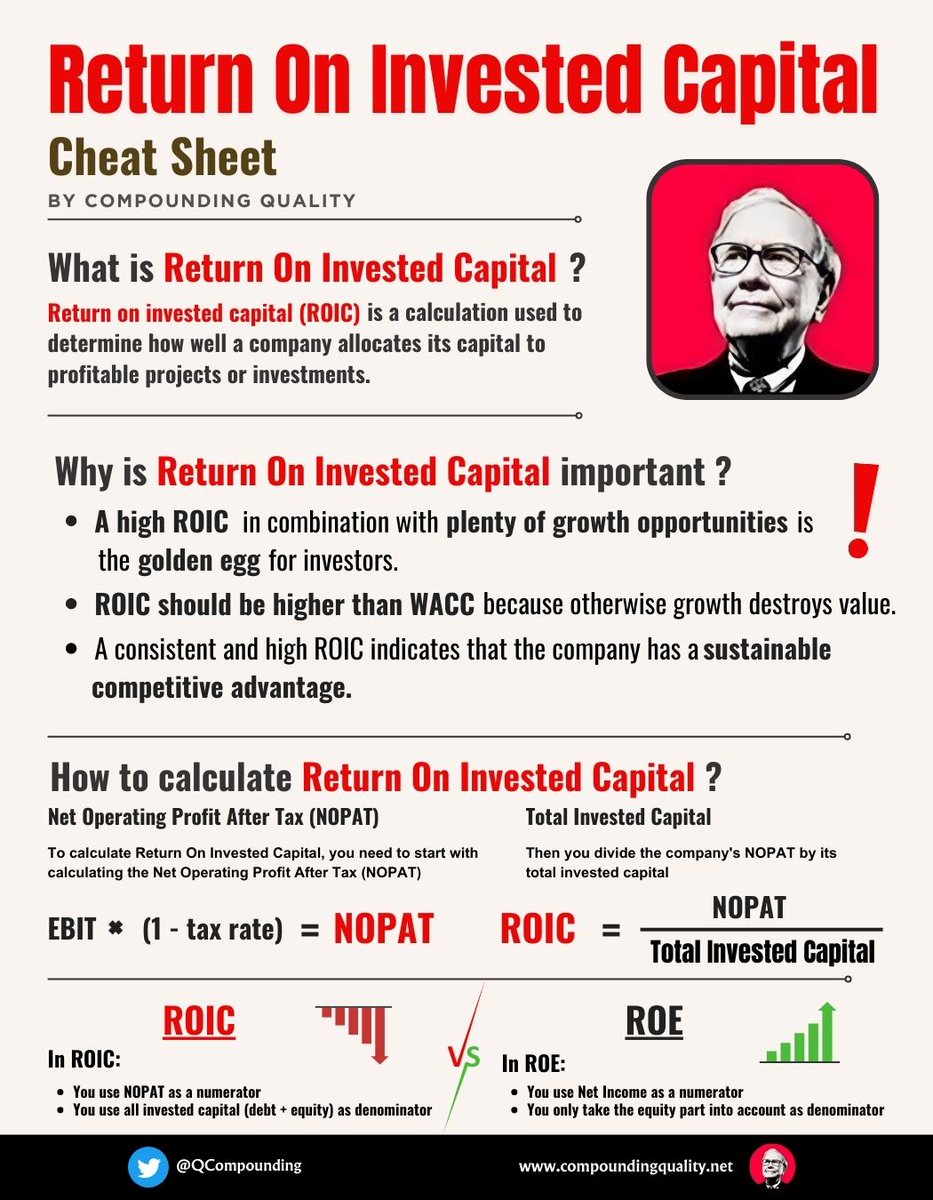Accounting is the language of business.
Via this 7-page cheat sheet you learn everything you need to know:
Via this 7-page cheat sheet you learn everything you need to know:

That's it for today.
If you like this, you'll LOVE our free course.
It teaches you how to read Financial Statements like a professional.
Grab it for free here: https://t.co/Xq8OSGltSceepurl.com/h9kw29T

If you like this, you'll LOVE our free course.
It teaches you how to read Financial Statements like a professional.
Grab it for free here: https://t.co/Xq8OSGltSceepurl.com/h9kw29T

• • •
Missing some Tweet in this thread? You can try to
force a refresh

 Read on Twitter
Read on Twitter

















